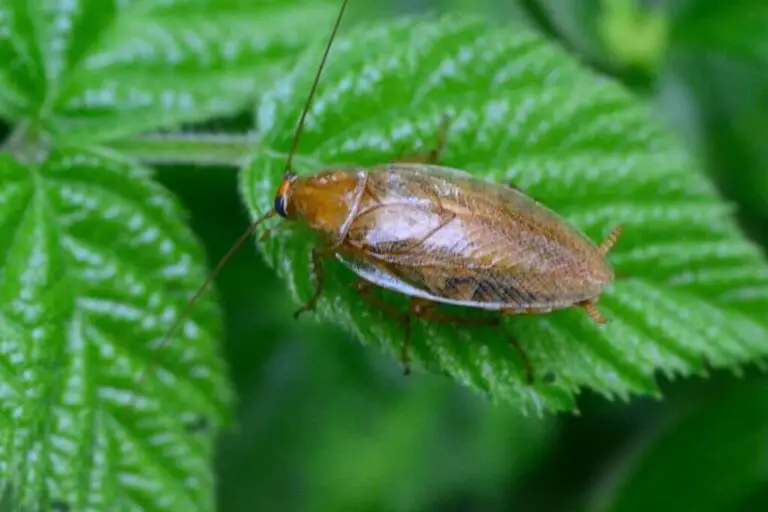29+ Different Types Of Mint Plants With Pictures (Identification Guide)
In addition to its culinary and cocktail uses, mint is also a versatile herb with various applications in aromatherapy, hygiene, and perfumery. If you’re interested in cultivating your own mint for personal use or as a natural pest repellent, it’s essential to know the different types of mint plants that exist. In fact, there are numerous species of mint, each with its unique characteristics, flavors, and uses.
From American Wild Mint to Watermint, this article provides an exhaustive list of the most common types of mint, allowing you to make informed decisions about which ones to plant or use. Whether you’re a seasoned gardener or just starting out, understanding the diversity of mint plants can help you harness their numerous benefits for your well-being and home.
How to Identify Mint Plants
Mint plants can be identified in several ways. One of the most distinctive methods is by their scent. Mint emits a strong ‘minty’ aroma that sets it apart from other fragrant plants. The intensity of this scent can vary depending on the specific variety, but a characteristic minty smell is usually a good indicator. Another way to identify mint is by rubbing your finger on the leaf; if you notice an oily residue, it’s likely a mint plant. A third method involves inspecting the stem and leaves.
All mint plants have square stems, while their leaves are typically oblong with toothed edges and pointed tips. The color of these leaves can range from light to deep green.
Types of mint plants
While we’ve touched on the diversity of mint species, it’s essential to highlight the distinct characteristics that set them apart. Mint varieties differ significantly in their aromatic potency, as well as subtler traits like leaf shape and color. Here, we’ll delve into the most common types of mint plants you should be familiar with.
American Wild Mint (Mentha canadensis)
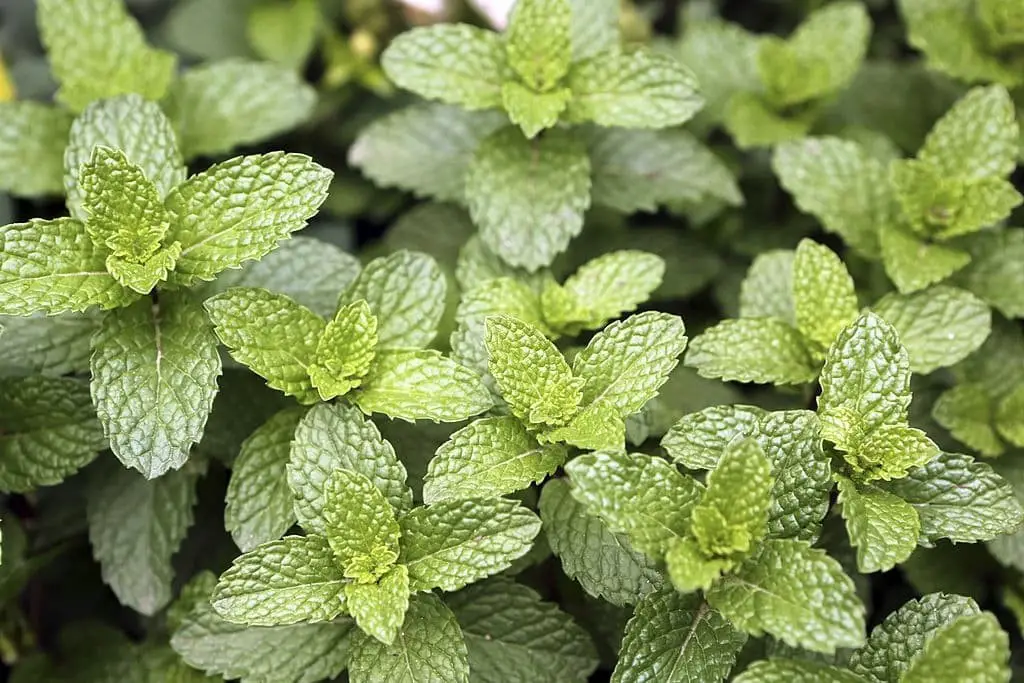
The most sought-after mint species in North America is undoubtedly peppermint. Its appeal extends beyond its invigorating aroma, as it’s also a visually striking addition to any garden. In culinary circles, peppermint is a staple ingredient in jellies, teas, and candies. Its medicinal properties are equally well-known, with hiccups and toothaches being two of the many ailments it can alleviate.
To thrive, peppermint requires well-drained soil and sufficient sunlight – simple requirements that make it an accessible choice for gardeners of all levels.
Apple Mint (Mentha suaveolens)

Known as the pineapple or wooly mint, this plant produces stunning flowers during summer months. One of its most distinctive features is its unique, fruity aftertaste, often likened to a real apple experience. While it’s more cold hardy than some other varieties and primarily used for ornamental purposes, it still finds use in the kitchen, particularly in making apple mint jelly, as a tea additive, or as a garnish for salads.
Interestingly, growing apple mint alongside peas, tomatoes, cabbages, and broccolis is said to enhance the vegetable’s natural profile.
Banana Mint (Mentha arvensis ‘Banana’)

While many may not be familiar with this type of mint, its unique aroma reminiscent of bananas makes it easily identifiable. Characterized by lilac-hued flowers that bloom during the summer months and leaves imbued with a strong scent, banana mint is a rare find. This hybrid variety finds its way into a range of sweet treats, from cookies and muffins to ice cream and banana bread, as well as adding a refreshing twist to fruit salads.
Its uses extend beyond the kitchen, too, making it a popular choice for craft beverages. When cultivating this type of mint, cuttings are the most effective method of propagation. As an added note, banana mint thrives in highly shaded environments, making it important to consider these conditions if you intend to grow your own.
Basil Mint (Mentha x piperita f.citrata ‘Basil’)
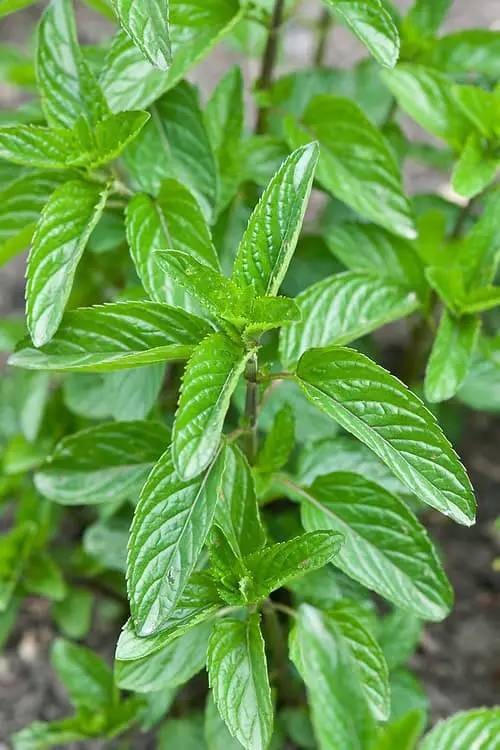
This hybrid variety of herb is a favorite among gardeners due to its ease of cultivation and growth. Its narrow leaves produce a distinct aroma that combines the characteristics of both basil and mint, making it an attractive choice for culinary and medicinal uses. In terms of health benefits, this herb has anti-inflammatory properties that can help alleviate symptoms such as upset stomachs and headaches.
In the kitchen, its versatility shines through in popular dishes like pesto pasta and as a garnish. To grow this herb successfully, simply place it in a container or plant box and ensure it receives sufficient sunlight. Regular trimming is also crucial to maintain its appearance and encourage healthy growth. Notably, this basil mint can be consumed raw, stored for up to six months, making it a convenient addition to any meal.
Calamint (Calamintha nepeta)
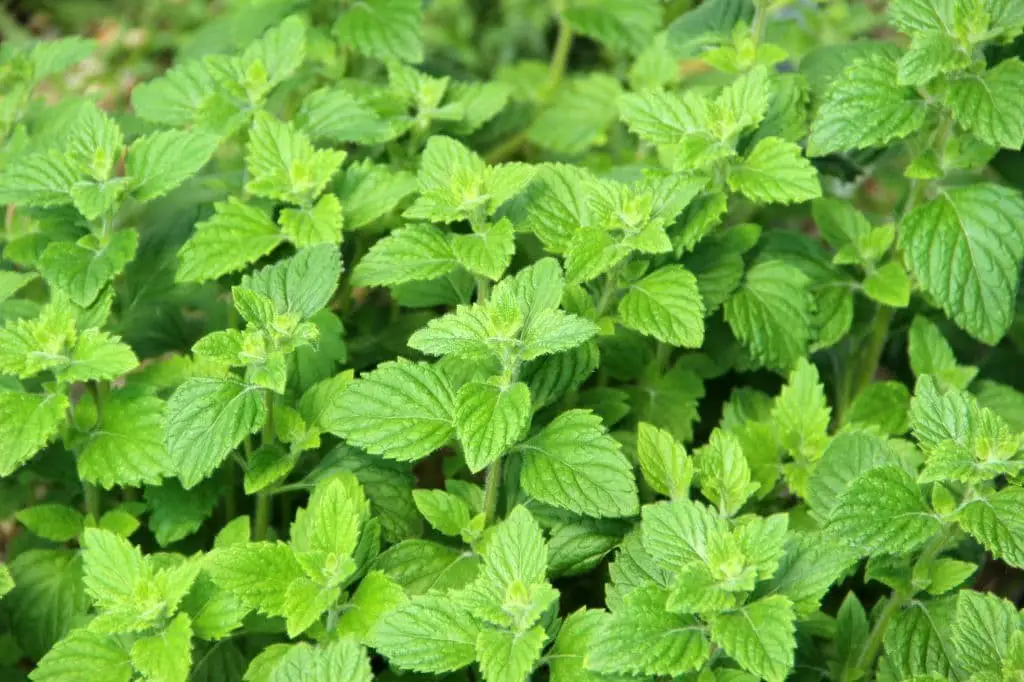
Native to the UK, the rare and unique menthol-rich mint is a treasured find. Its high concentration of menthol earns it its name, making it an attractive option for medicinal use in treating bruises and contusions. When it comes to culinary applications, this herb adds a depth of flavor to meat dishes. Despite sharing a strong aromatic resemblance with pennyroyal mint, the two are distinct entities.
This particular type of mint thrives in sandy soils, providing a unique environment that supports its growth. However, it’s essential to note that pregnant women should exercise caution when handling this herb due to potential risks.
Catmint (Nepeta racemosa)

Catmint, an ornamental herb, is a popular choice among gardeners due to its natural pest-repelling properties. Its versatility is another draw, as all parts of the plant can be used in both medicinal and culinary applications. When grown in containers indoors or along garden bed edges, it’s a lovely addition to any outdoor space.
While its uses are numerous, some of its most notable benefits include calming nerves, relieving coughing and congestion, and serving as a flavorful herb for soups and sauces. The plant also earns its name from being cat-friendly, making it a great choice for feline-loving gardeners.
Chocolate Mint (Mentha × piperita f. citrata ‘Chocolate’)
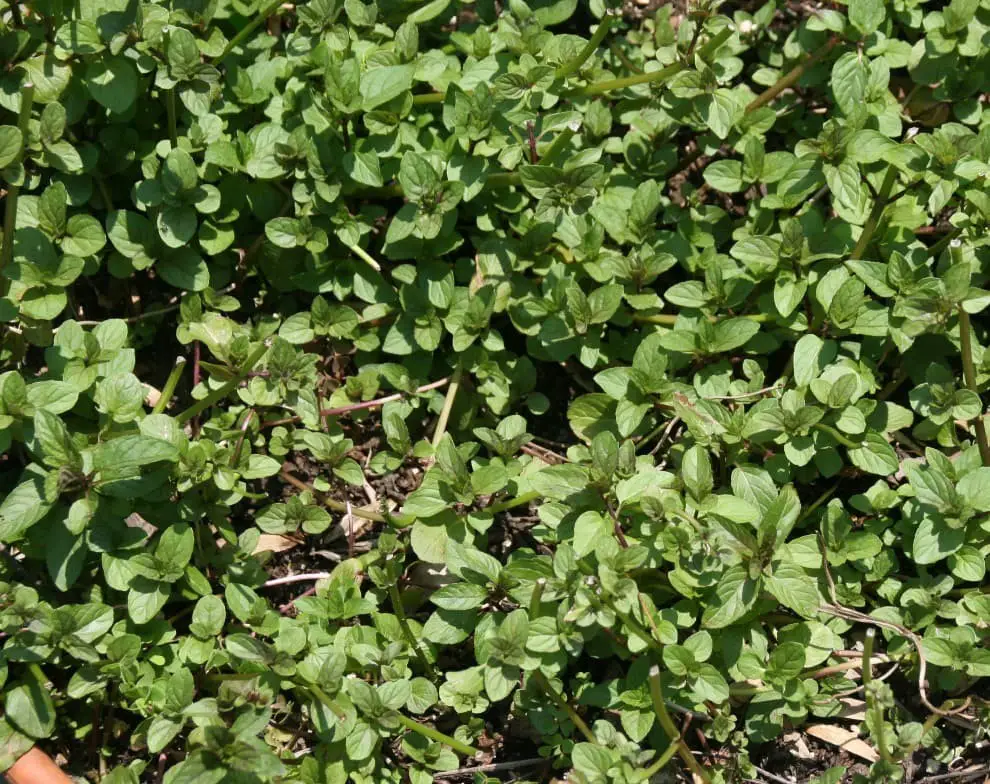
For those with a sweet tooth, Peppermint’s chocolate-infused cousin is a must-have. This unique variety combines the refreshing essence of mint with the richness of chocolate, making it an ideal addition to desserts, candies, and even milkshakes. Its uses extend beyond the realm of sweets, too – it’s also a popular choice for herbal teas and pastries. As a potted plant, Peppermint requires ample sunlight and consistently moist soil to thrive.
Corn (field) Mint/American Wild Mint (Mentha canadensis)
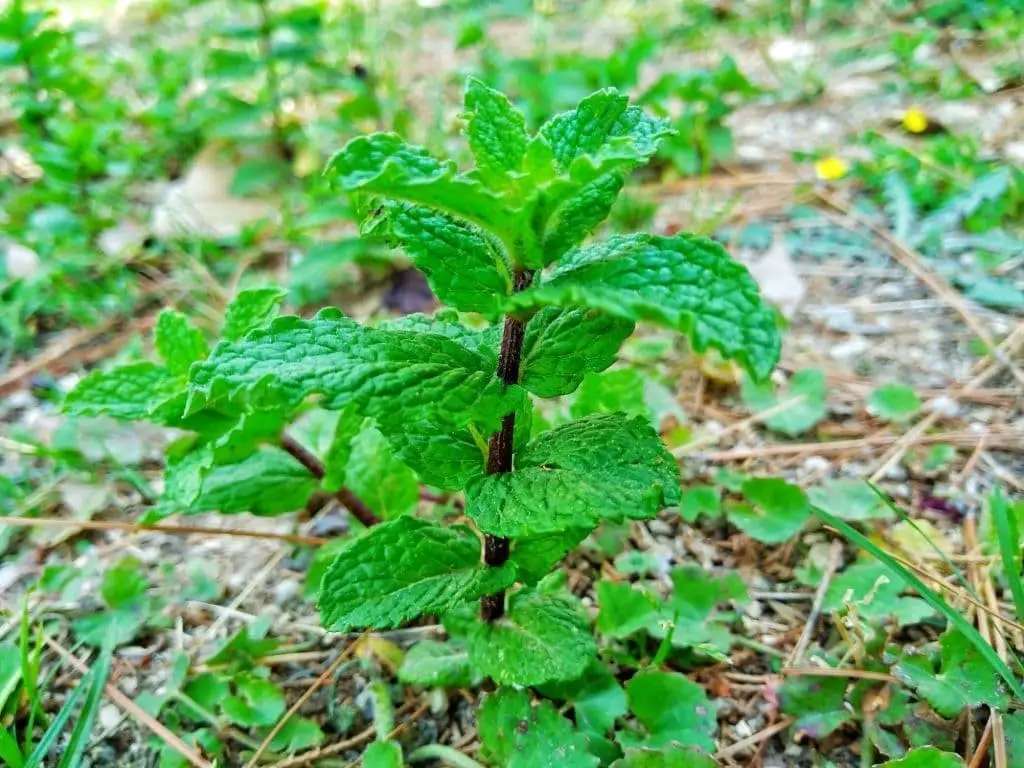
Known as American Wild Mint or Corn Mint, this herb has a unique purpose – it’s exclusively used in herbal teas to treat common colds, congestion, and cough symptoms. Its medicinal value lies in its ability to provide relief from these issues when consumed as a tea.
Before you start cultivating one, ensure it receives sufficient sunlight and is planted in well-draining soil with a compost to sandy texture. This will help the plant thrive and make the most of its potential health benefits.
Corsican Mint (Mentha requienii)
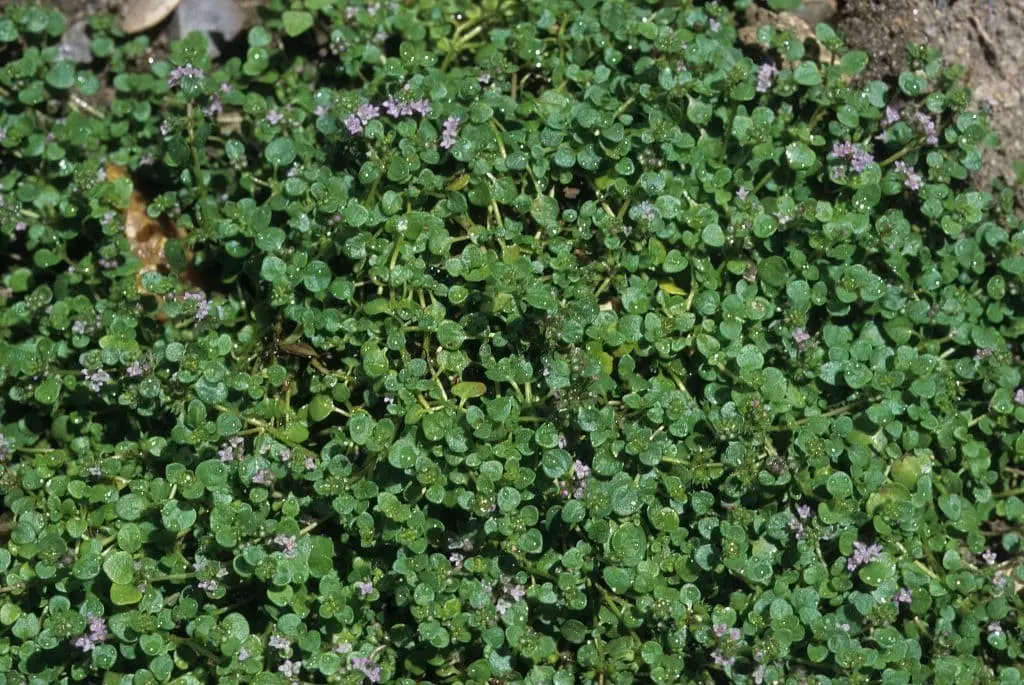
The Corsican mint stands out as the smallest member of its family, making it an ideal choice for bedding or border arrangements due to its compact and low-growing nature. Beyond its ornamental appeal, this mint variety boasts impressive antiseptic properties, said to alleviate flatulence. Furthermore, it can be used to add a burst of flavor to creamy dishes and drinks.
Similar to apple mint, Corsican mint has been found to enhance the growth of nearby vegetables when grown alongside them.
Its pungent aroma also makes it an effective natural deterrent against insects and pests. One key consideration for growing Corsican mint is maintaining consistent moisture levels.
Cuban, or “Mojito” Mint (Mentha x villosa)
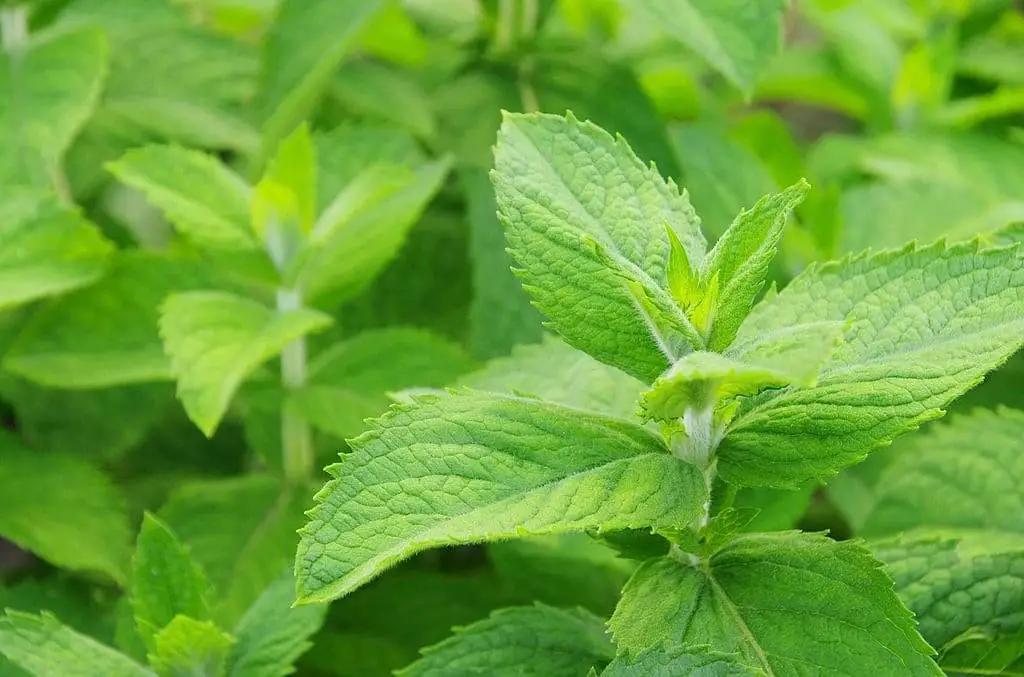
The Cuban mint, as its name implies, is the variety that lends its distinct flavor to the iconic mojito cocktail. But its uses don’t stop there – it’s also a popular addition to fruit salads and holds cultural significance in Asian and Middle Eastern cuisines. For those seeking a calming drink experience, adding a hint of Cuban mint can create a soothing aftertaste. When cultivating these plants, keep in mind that they thrive in warm temperatures.
Eau de Cologne Mint/Orange Mint/bergamot mint (Mentha piperita citrata)
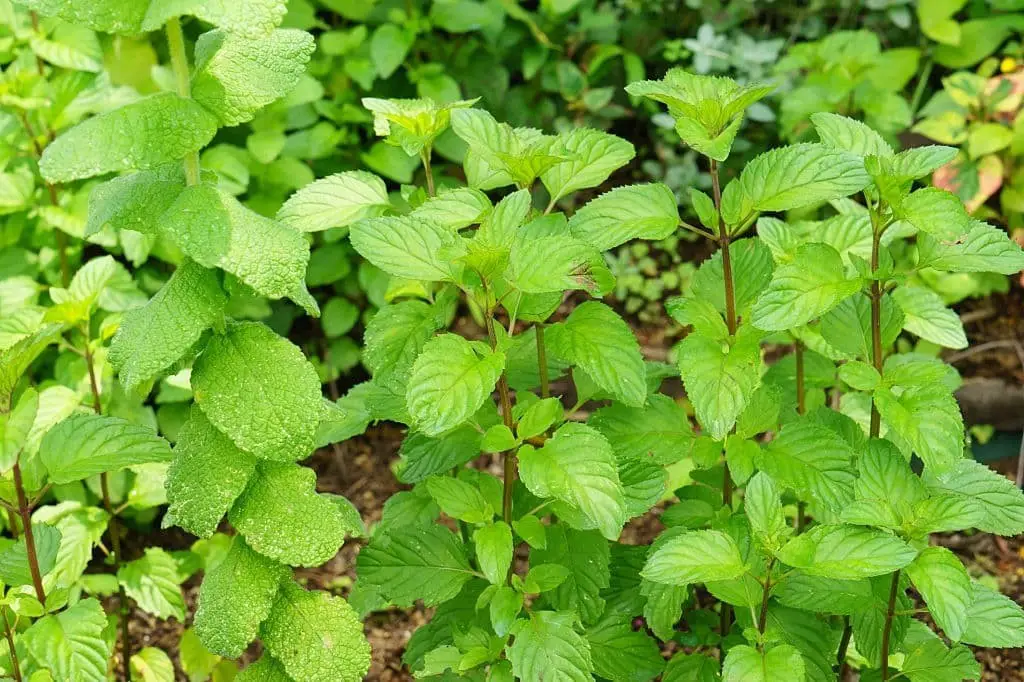
The standout characteristic of this mint variety is its distinctive citrus aroma, making it a top choice for culinary and beverage applications. In fact, it’s a key component in the production of Chartreuse liquor. Beyond its role in spirits, it also finds use in jellies, salads, sauces, and more. While it may not have medicinal properties, its potent oils are highly valued in the perfume industry, where they’re extracted for use in fragrances.
When cultivating this mint, it’s essential to ensure it receives sufficient sunlight.
Egyptian Mint (Mentha niliaca)

The mint species referenced in the Bible is often mistakenly identified as apple mint due to its milder flavor and aroma, which exhibits a subtle balance between spearmint and peppermint. While it’s primarily used as an ingredient in various culinary creations and herbal teas, the cosmetic industry also utilizes this mint for its skin toning properties.
If you’re planning to cultivate this mint as a container plant, ensure it receives sufficient sunlight, as its growth is largely dependent on its environment and location.
Ginger Mint (Mentha x gracilis)
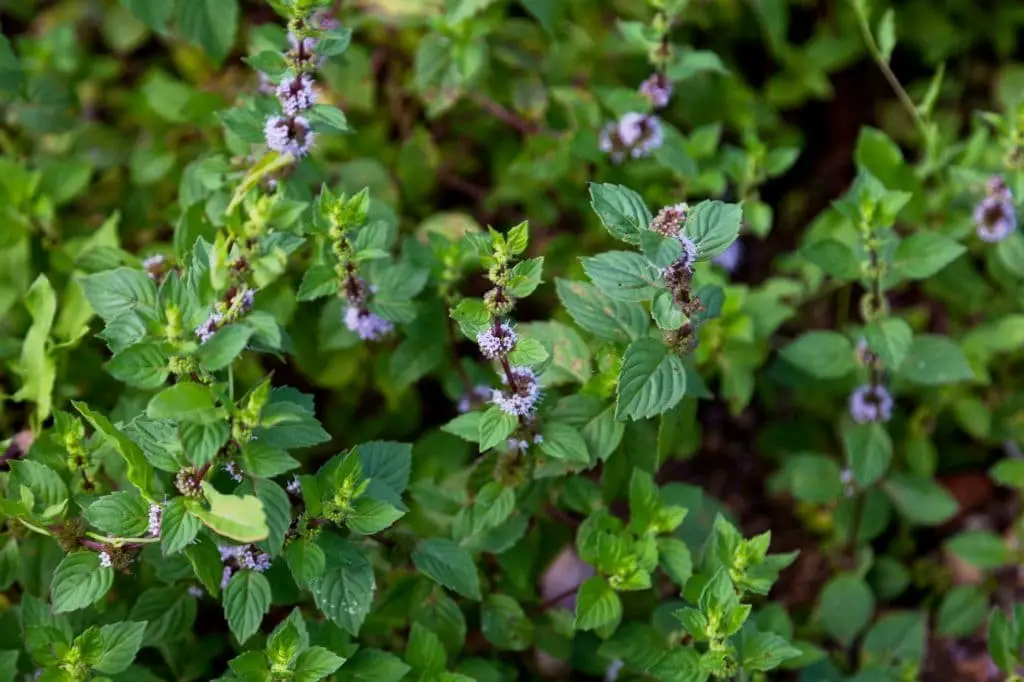
Vietnamese mint, also known as spearmint, boasts a familiar aroma reminiscent of its peppery counterpart. Its popularity transcends borders, featuring prominently in Asian cuisine, particularly in Vietnamese pho recipes and other hearty beef or chicken dishes. This versatile herb is equally at home in teas, lemonades, and sweet spreads.
From a medicinal standpoint, ginger mint stands out for its impressive array of fiber, vitamins, and minerals.
Optimal growth conditions include loamy soils and generous sunlight exposure.
Grapefruit Mint (Mentha x piperita ‘Grapefruit’)
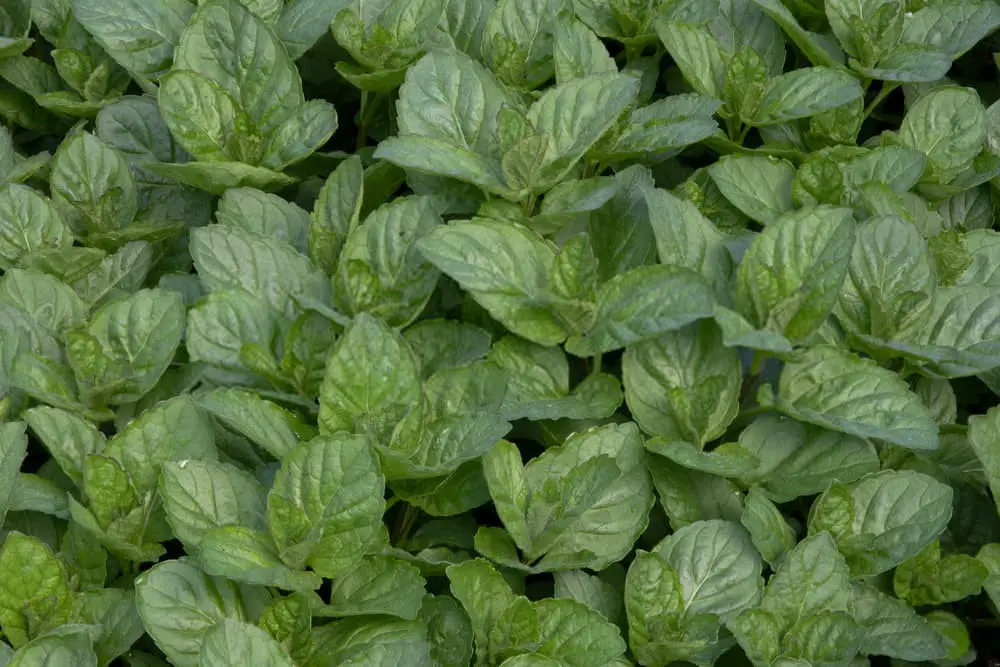
While grapefruit and this type of mint may share some similarities in terms of taste, they also have distinct applications in the culinary world. The peppery flavor profile of this herb is particularly well-suited to enhancing the flavors of seafood, lamb, chicken dishes, and even fruit salads, making it a versatile addition to many recipes. Its citrusy undertones also make it an excellent substitute for traditional citrus flavors, allowing for creative experimentation in the kitchen.
Beyond its use as a flavor enhancer, this mint is also valued for its potential health benefits, particularly when consumed as a refreshing beverage after a workout or other strenuous activity. As with many plants, it thrives in conditions that provide ample sunlight, making it an ideal choice for outdoor gardens and indoor containers alike.
Hart’s Pennyroyal (Mentha cervina)

One of the most unusual yet sought-after mint varieties is this particular type. Its leaves are often added directly to soups, imparting their unique flavor and aroma. Furthermore, its antiseptic properties make it a valuable resource for extracting essential oils, which in turn are prized by perfume manufacturers globally. This hardy mint species excels in warm environments, where it demands a precise level of humidity to flourish.
Hemingway Peppermint (Mentha nemorosa)
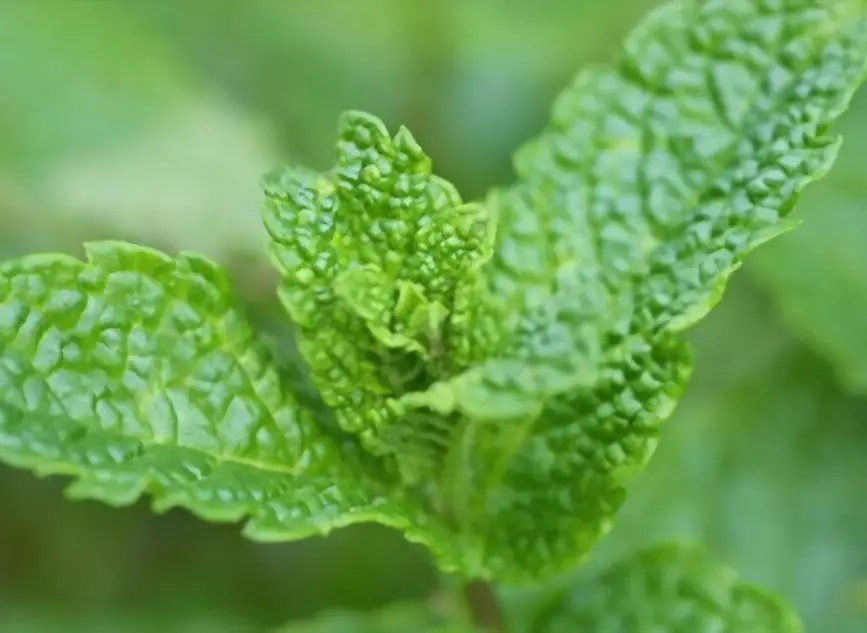
The versatility of Hemingway peppermint makes it an excellent addition to any culinary endeavor. Its pungent aroma and subtle flavor profile lend themselves well to both fresh and cooked dishes, elevating the overall dining experience. Additionally, its leaves can be infused in herbal teas or other cold beverages for a refreshing twist. What sets Hemingway peppermint apart from other varieties is its edibility – making it a unique find for adventurous cooks.
Moreover, this hardy mint variety thrives even in neglect, making it an ideal choice for busy gardeners or those new to container planting. Its low-maintenance requirements mean you can enjoy the benefits of this delightful herb without breaking a sweat.
Horsemint/Buddleia Mint (Mentha longifolia)
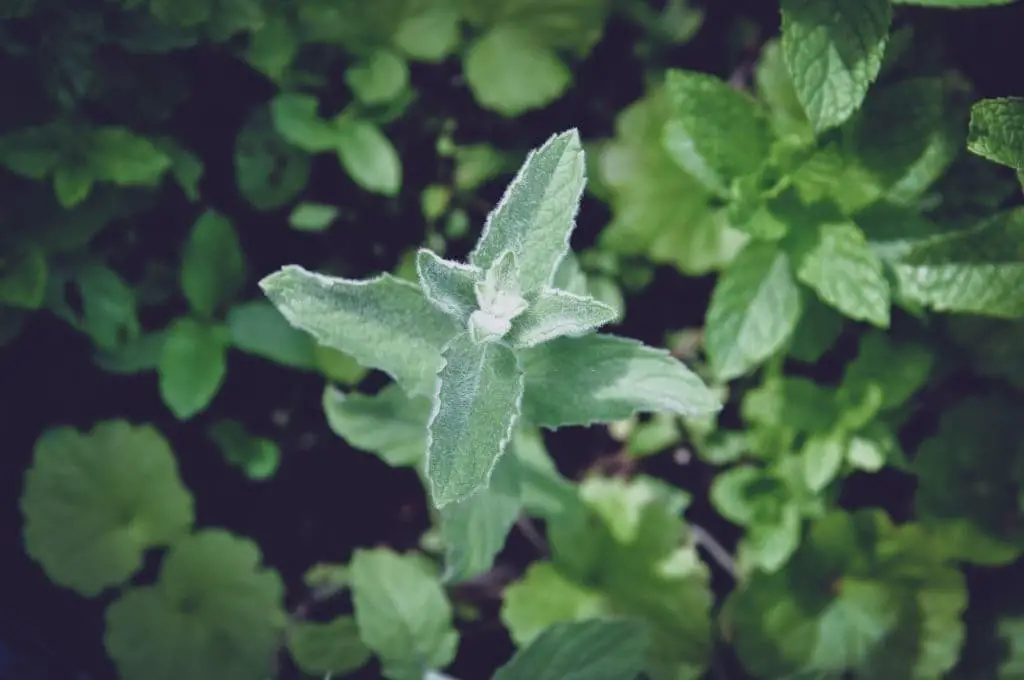
This medical-grade mint is a triple threat in the culinary world. Not only can its zesty lemon flavor be used to add zest to various dishes, but it’s also a natural complement to hot or cold teas. Its citrusy taste makes it a perfect pairing for chicken and fish recipes. Meanwhile, when cultivating this variety of mint, it’s essential to understand that it thrives in dry soil conditions, demands full sunlight, and necessitates regular pruning to maintain its health.
Lavender Mint (Mentha piperita ‘Lavendula’)
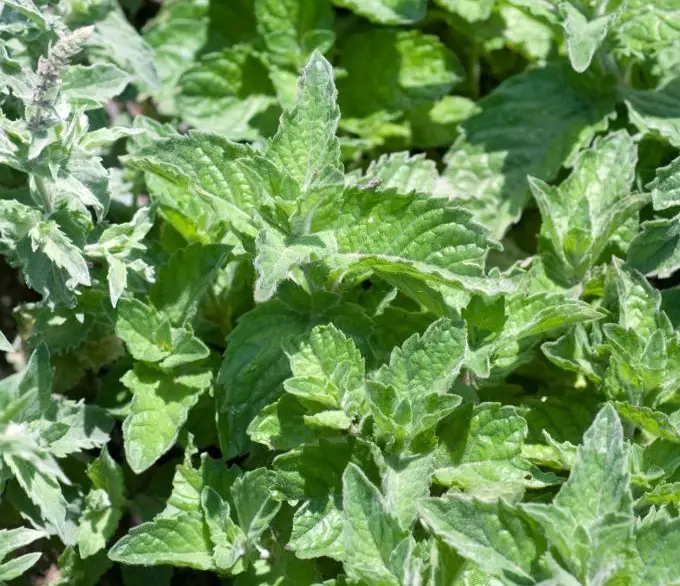
The lovely peppermint mint plant stands out as a stunning ornamental choice, boasting an array of medicinal and culinary benefits. Its low-maintenance requirements make it a perfect companion for busy gardeners, who can simply provide the basics without excessive attention. This versatile herb excels in teas, shampoos, creams, lip balms, and other beauty products, while also elevating the flavor profiles of soups, pasta, and salads.
If you’re considering adding one to your garden, be sure to select a spot with proper soil drainage, full to partial sunlight, and consider growing it in a container for optimal results.
Lemon Balm (Melissa officinalis)

The unique aroma of lemon balm, reminiscent of lemongrass with subtle mint undertones, makes it an ideal ingredient for crafting refreshing citrus drinks. Beyond its culinary applications, lemon balm has been utilized in medical settings to treat various mental health disorders and other ailments due to its calming properties. When cultivating this type of herb, it’s essential to ensure proper air circulation and occasional watering to promote healthy growth.
Licorice Mint (Agastache rupestris)
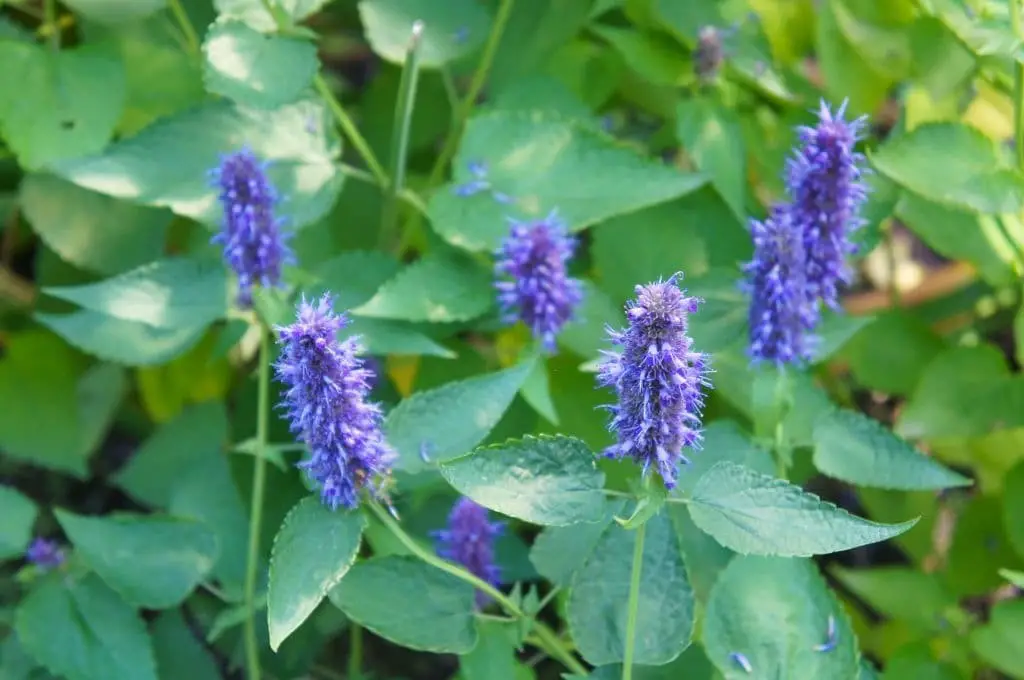
Standing tall among its mint counterparts, the Licorice Mint boasts leaves with a unique flavor profile that echoes the sweetness of licorice. This distinct characteristic makes it an ideal choice for crafting ice cream and harmonizing with fresh fruits. Additionally, it’s often paired with lean meats like chicken to add depth to dishes. When cultivating this plant, keep in mind its requirements: ample sunlight and fertile soil are essential for its growth.
Margarita Mint (Mentha ‘Margarita’)

For those who find the strong aroma and flavor of mojito mint overpowering, this alternative type of mint offers a refreshing solution. Its citrusy scent, reminiscent of lime, is more reminiscent of a margarita’s authentic taste profile. This versatile herb can be used to add a pop of color and freshness as a garnish or to elevate soups. When container-planted, it thrives in well-draining soils with a rich humus content.
Pennyroyal Mint (Mentha pulegium)

Historically, Peppermint’s unique blend with oregano and coriander has been prized for its culinary applications. However, recent years have seen a significant shift towards utilizing this mint species in medicinal contexts. Its therapeutic properties are well-documented, with evidence suggesting its effectiveness in alleviating various skin conditions, toothaches, and gastrointestinal issues such as constipation and hemorrhoids.
When cultivating this mint variety, it’s essential to provide it with an environment that mimics its natural preferences. This includes situating the plant in a location that receives sufficient sunlight and planting it in soil that is moist, loamy, and slightly acidic.
Peppermint (Mentha × piperita)
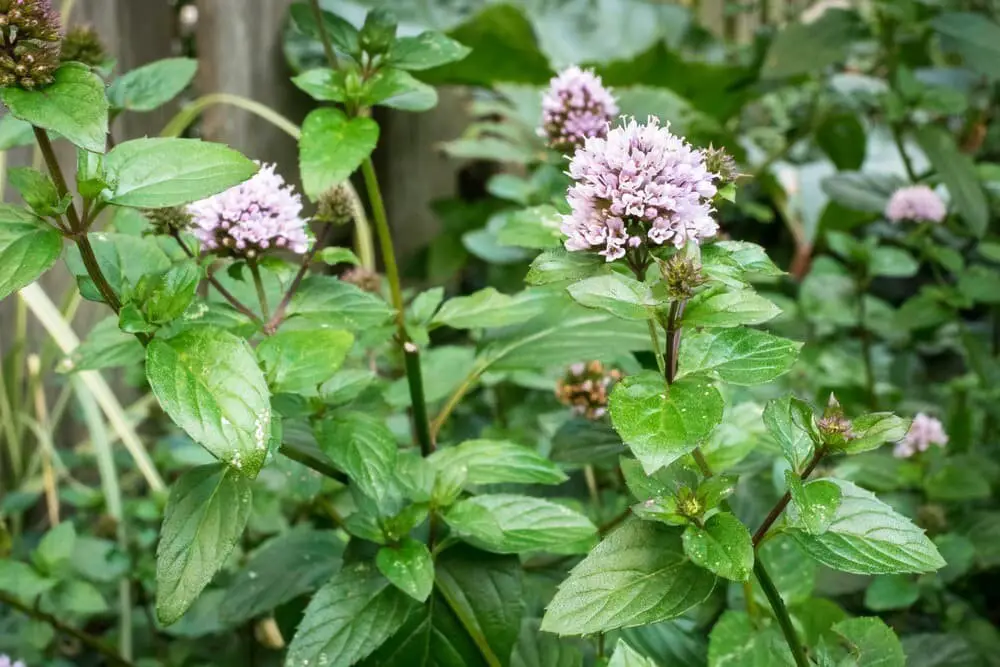
Another popular mint species is known for its robust flavor profile and sweet aroma. Its versatility has made it a staple ingredient in various culinary applications, including candies, desserts, and teas. When used in cooking, peppermint can be added to both sweet and savory dishes. While it may be overpowering to consume fresh, the plant’s potency makes it an excellent candidate for distillation into peppermint oil, which is highly valued for its medicinal properties.
Additionally, this type of mint has gained recognition as a natural insect repellent and rodent deterrent, making it an essential addition to any home garden or outdoor space. As with many mint species, peppermint requires specific growing conditions, including moist soil and partial shade to thrive.
Pineapple Mint (Mentha suaveolens ‘Variegata’)
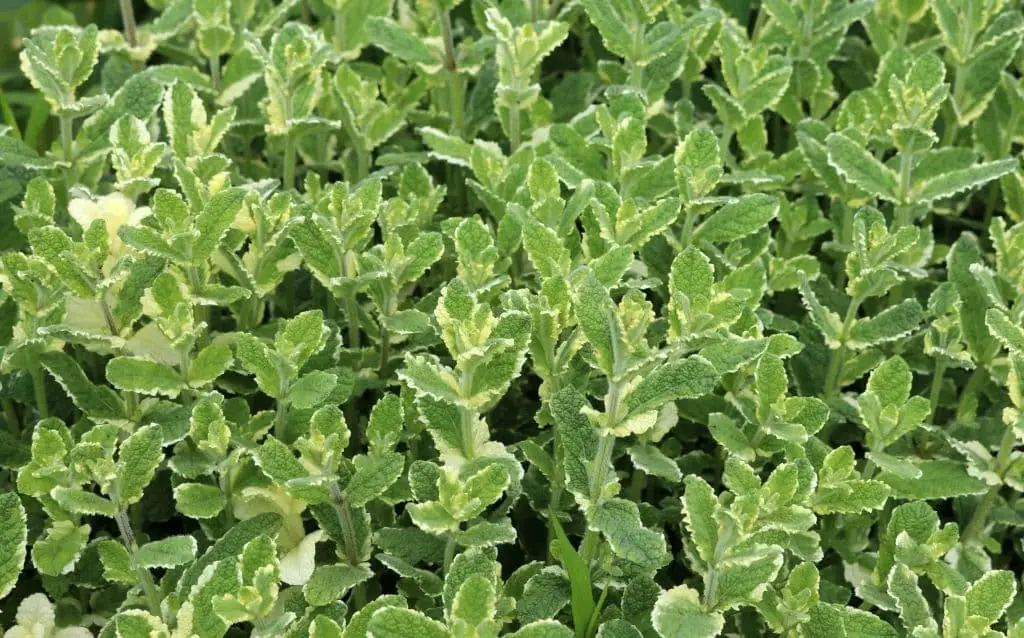
Another variety of mint associated with apple mint is the sweet and citrusy scented fruit-mint type. Not only does it add an ornamental touch, but its aromatic properties also make it a sought-after ingredient for culinary and medicinal purposes alike. Its anti-inflammatory properties have been known to provide relief from gastrointestinal issues, acid reflux, and arthritis. To take full advantage of its benefits, crush the leaves and add them to jellies, teas, or fruit salads.
For optimal growth, fertile soils are recommended.
Red Raripila mint (Mentha rubra raripila)
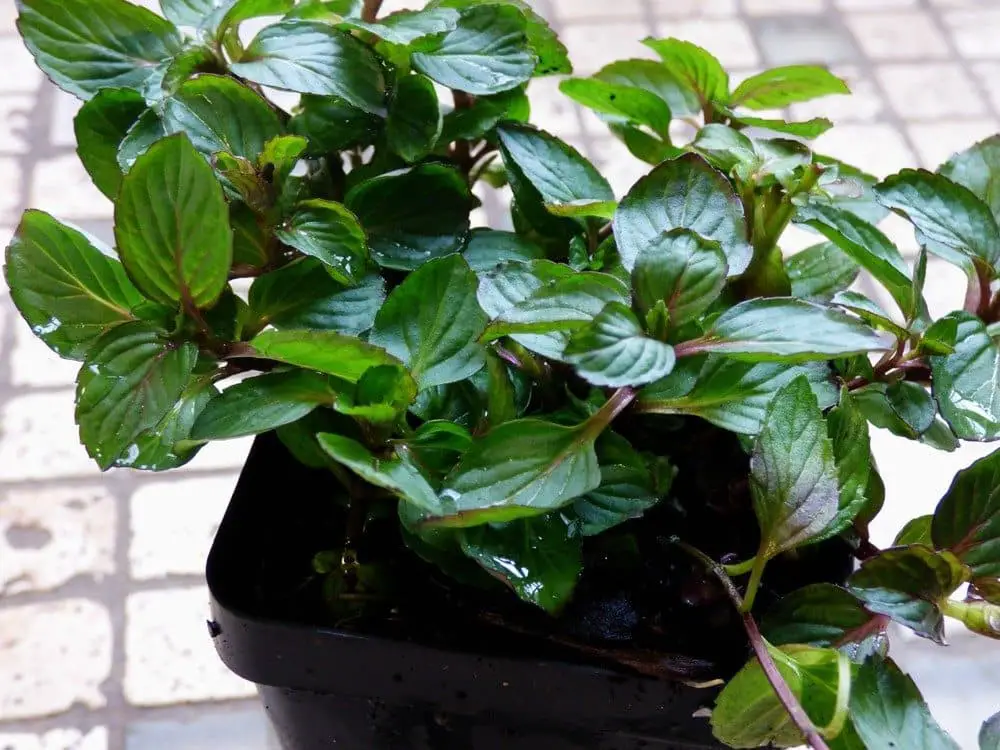
This exceptional mint blend is the culmination of corn mint, spearmint, and water mint. Its flavor profile is remarkably similar to spearmint, making it an ideal choice for garnishing, crafting refreshing beverages like lemonade and teas, as well as adding a unique twist to candies and ice creams. Notably, this hybrid thrives in containers, requiring either full or partial sunlight to flourish.
Slender Mint (Mentha diemenica)
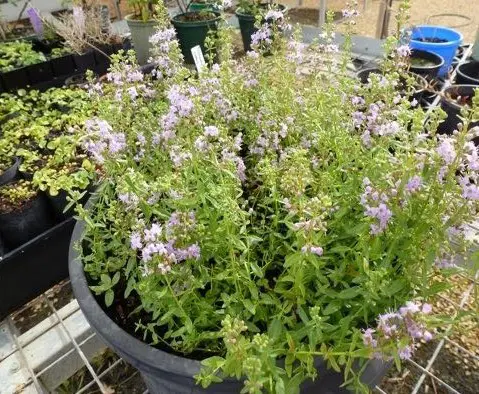
One of the most diminutive mint varieties, Peppermint is distinguished from others by its unique physical appearance. Its rhizomatous nature makes it an excellent ground cover option. When used as a garnish for refreshing summer drinks, it adds a touch of elegance. However, when cultivating this variety, it’s essential to provide it with unobstructed sunlight for several hours daily.
Additionally, it’s crucial to note that Peppermint contains chemical compounds that may trigger skin irritation or allergic reactions in some individuals.
Spearmint (Mentha spicata)
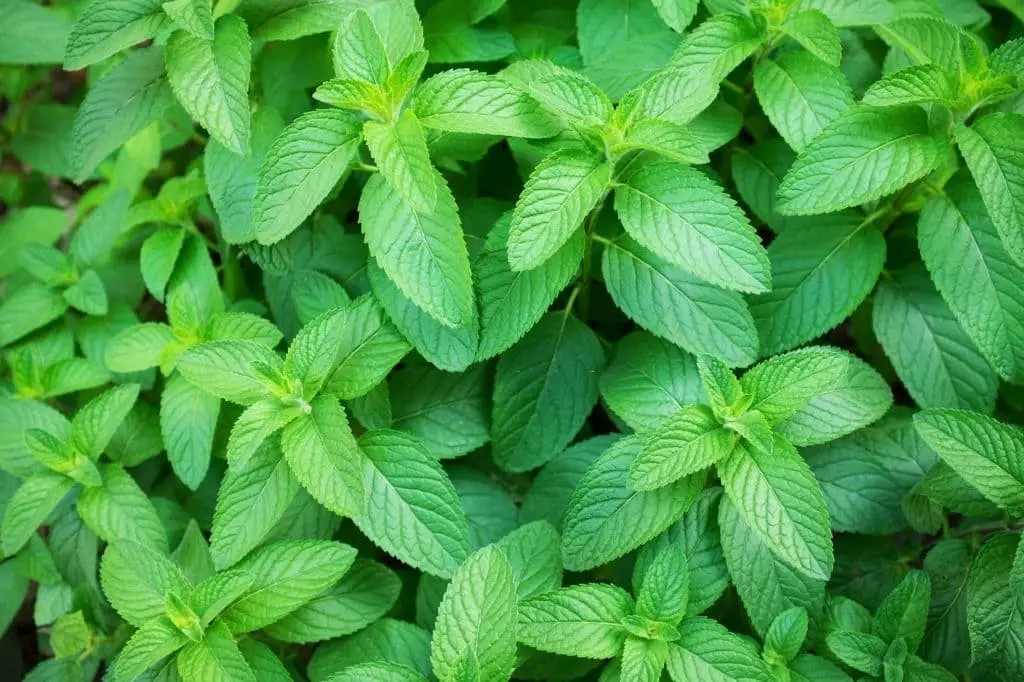
Spearmint, the second most widely cultivated mint type after peppermint, is often overlooked despite its numerous benefits and uses. A fun fact is that many commercial mint products are actually made from spearmint, making it a staple in the food industry. In culinary circles, spearmint is revered for its versatility, earning it the nickname ‘lamb’s best friend’ due to its affinity with lamb and potato dishes.
Beyond cooking, spearmint has been touted for its medicinal properties, boasting essential vitamins and antioxidant-rich compounds. It’s no surprise then that it’s a popular ingredient in toothpaste, mouthwashes, confections, shampoos, soaps, and cosmetics. When cultivating spearmints, it’s essential to provide them with well-draining containers filled with moist soil and partial to full sunlight for optimal growth.
Strawberry Mint (Mentha spicata subsp. citrata ‘Strawberry’)
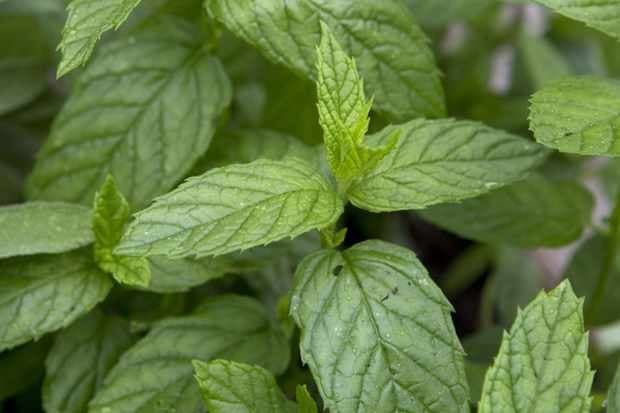
A decorative mint, this variety is prized for its sweet aroma that combines notes of strawberry and mint. As a result, the chopped leaves are frequently incorporated into desserts, salads, and iced teas, adding a burst of flavor and fragrance. The flowers themselves can be consumed, offering an extra layer of culinary versatility.
Beyond their ornamental appeal, this mint has a range of medicinal uses.
It’s been shown to alleviate symptoms of irritable bowel syndrome, inhibit the growth of certain bacteria, soothe sore throats, freshen breath, and even help ease headaches. Additionally, it may be beneficial in treating insect stings, providing a natural solution for those pesky bug bites.
Watermint (Mentha aquatic)
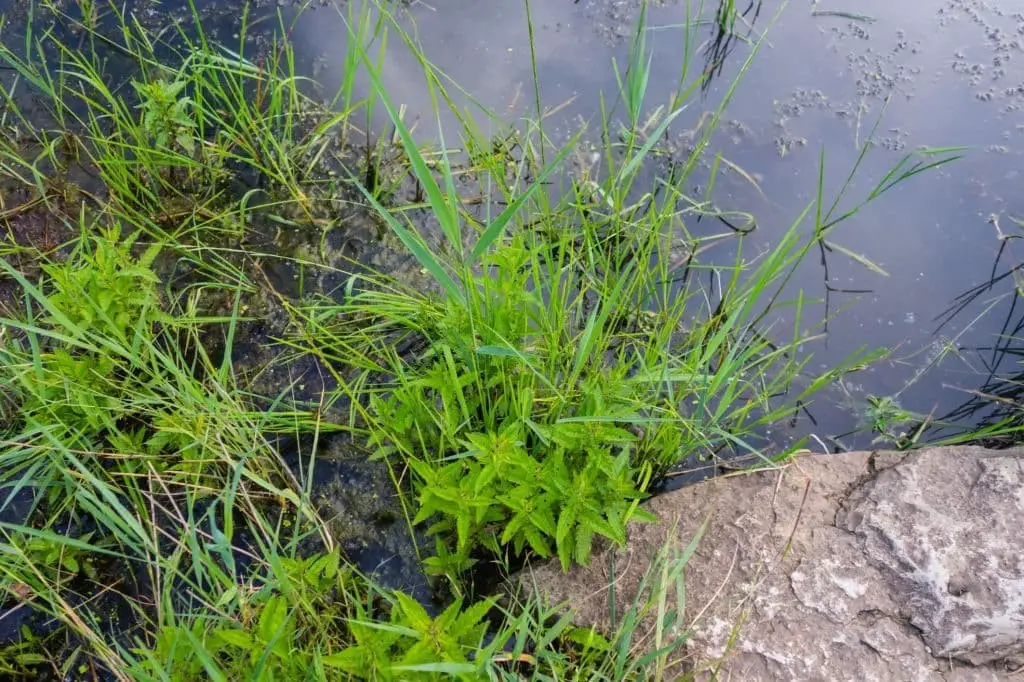
Watermint, also known as the medicinal mint, has earned its name due to its natural habitat near bodies of water, rivers, and streams. Its versatility extends beyond traditional uses, where it’s employed to prevent bacterial growth in wounds. Moreover, its soothing properties have led to its processing into essential oils, which provide relief from sore muscles. Watermint also finds applications in various industries, including the production of mouthwash, body wash, and lotions.
To cultivate watermints effectively, it’s crucial to ensure a humid environment with adequate moisture. This will allow them to thrive and grow optimally. With its array of uses and low-maintenance cultivation requirements, watermint is an attractive addition to any herb garden or medicinal repertoire.
Frequently Asked Questions About Types Of Mints
Beyond the various species of mint, there are several key aspects to consider when it comes to these versatile and aesthetically pleasing herbs. To provide a comprehensive understanding, here are some crucial questions and answers regarding the different types of mint plants that have been carefully compiled.
How many types of mint are there?
While it may come as a surprise, there are actually over 600 distinct types of mints recognized globally, including hybrid cultivars. These varieties can be grouped based on their intended use and the strength of their fragrance. Despite the similarities in appearance and aroma among many mint species, some stand out with unique characteristics. The following discussion focuses on the most widely encountered types of mint, offering a comprehensive overview of these popular varieties.
Is all mint edible?
While some mint varieties naturally grow into shrubs or trees, others have been bred for their ornamental value only. To determine whether a particular mint type is suitable for consumption, one can rely on its distinctive aroma. In fact, the strength of a mint’s scent is often indicative of its edibility – the more potent the aroma, the more likely it is to be safe and palatable to eat.
What is the best tasting mint plant?
Peppermint’s reputation as the premier mint plant stems from its unique blend of subtle flavor and potent aroma. This dynamic duo makes it an excellent addition to a wide range of dishes, from savory meals to sweet treats. Its versatility also extends to beverages, where peppermint’s medicinal properties and refreshing essence make it a popular choice for quenching thirst and promoting overall well-being.
Which mint plant has the strongest smell?
While it’s tempting to pinpoint a single mint plant as the strongest, the truth is that there are several contenders vying for the top spot. Peppermint is often considered one of the most potent options, but it’s not the only game in town. Other strong players include spearmint, apple mint, Swiss mint, and even Eau de Cologne Buddleia mint – each bringing its unique aroma to the table.
What is the sweetest mint?
Spearmint’s renowned sweetness makes it a standout among mint varieties. Its robust minty flavor profile is perfectly balanced by a sweet fragrance, rendering it an exceptional choice for culinary purposes as well as a highly sought-after essential oil. Furthermore, its inherent sweetness and refreshing aroma make it a go-to garnish for many popular drinks and cocktails, adding an extra layer of sophistication to any beverage.
Conclusion
Mint’s enduring popularity is a testament to its versatility and numerous benefits. While its uses extend from the culinary world to medicinal applications, it’s also an attractive addition to any garden. As an ornamental herb, mint is surprisingly easy to cultivate, requiring minimal attention and maintenance. This low-fuss nature makes it an ideal choice for container gardens, borders, and even as a backdrop for larger trees, showcasing its adaptability and hardiness.
Related Posts
For those looking to start or expand their knowledge of plant cultivation, this section provides a diverse range of topics. From the basics of growing rosemary to more advanced guides on becoming a plant breeder, there is something for every level of green thumb. Additionally, readers can explore unique ways to beautify shady outdoor locations with flowering vinca plants or create stunning fall seasonal container displays featuring annuals and perennials.
For those seeking low-maintenance options, discover the benefits of using foliage plants for dry, shady gardens or upright growing container plants that provide vertical accents.



